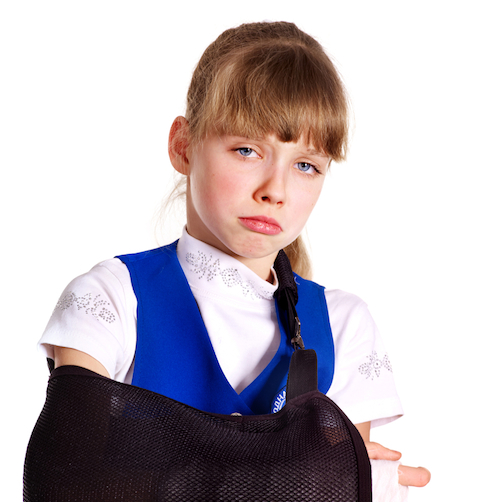When your son comes into the house holding onto his arm and crying, red in the face, you need to get some answers. Your Jonesboro kids broken bone doctor is a great resource to find out if something is just a superficial wound, or a problem that requires the help of an orthopedist.
But while you’re here, why not check out some of the signs that your child may indeed have a break, which come in as many varieties as bones in the body, but can be narrowed down to a handful of categories.
Fractures
First, the language. A fracture is a broken bone. This can be as simple as a hairline fracture, the evidence of which doesn’t appear anywhere except in the X-ray, and by the painful bruise on the skin. Kids get these when they fall, (which by the way is a good reason to get your kids insurance) often up until the age of six years old.

When the bone in your child breaks, it’s a normal part of growing up, and your kid’s bones know it. They’re more flexible than adult bones and rarely require invasive surgery. That means the remedy, completed at the hospital, is to reset the bone in its proper position and place a cast over the affected limb. It will heal easily (not so quickly) and require occasional checkups at the doctor.
What is interesting about children’s bones is that they’re bendable – somewhat. You’ll get fractures that only occur on one side of a bone, or fractures that actually find the bone to be bent rather than broken. So children’s bones are more like fresh wood, which is green inside and can bend before it breaks. Then there are the most known, full fractures, which mean a break that goes all the way through the bone.
Adult bones tend to break.
If You See a Bruise
You’ll get a hint that a bone is broken when your child is holding the hurt body part, and is unwilling to let go. It’s likely going to be swollen and sensitive to the touch. While one can think it’s simply a bruise if there is no breaking of the skin, that doesn’t mean that underneath, the bone isn’t cracked. In such a case it’s always the best thing to go to the doctor. An additional sign of a break is if the level of pain doesn’t lessen overnight.
Home Treatment
- Set a cold pack or towel on the wound, which will stop some of the pain. However, if your child is very young – a toddler or a baby – having that cold on the limb will possibly injure the skin, which is very sensitive to extreme temperature.
- Before you feed your child, talk to a doctor.
- Because your child may be in shock, it’s best to make the child as comfortable as possible, give a blanket
- If there is bleeding, apply pressure but do not move the bone – that’s the doctor’s job. Cover the injury with a clean, sterile gauze.
- Get medical help by dialing 911, if you’re not able to move your child.
- Take your child to the doctor if the break hasn’t broken the skin, and your child is well enough to go.
Bone breaks are common, and the care that you need in the time after can be given to you by competent orthopedic doctors. Additionally, if you’re interested in low impact treatment, chiropractors can help ease any problems with the body that may have been caused by the initial injury, and help maintain a child’s optimum health.
